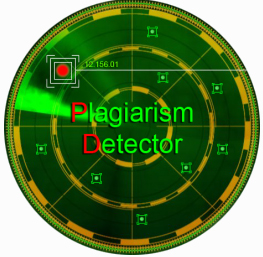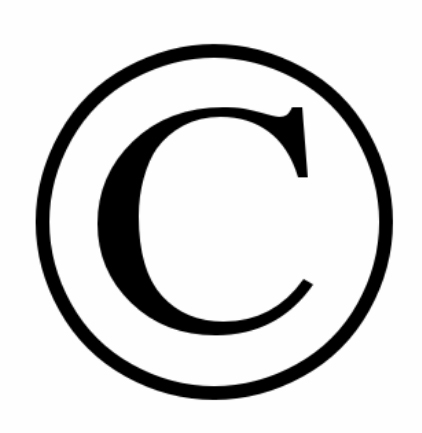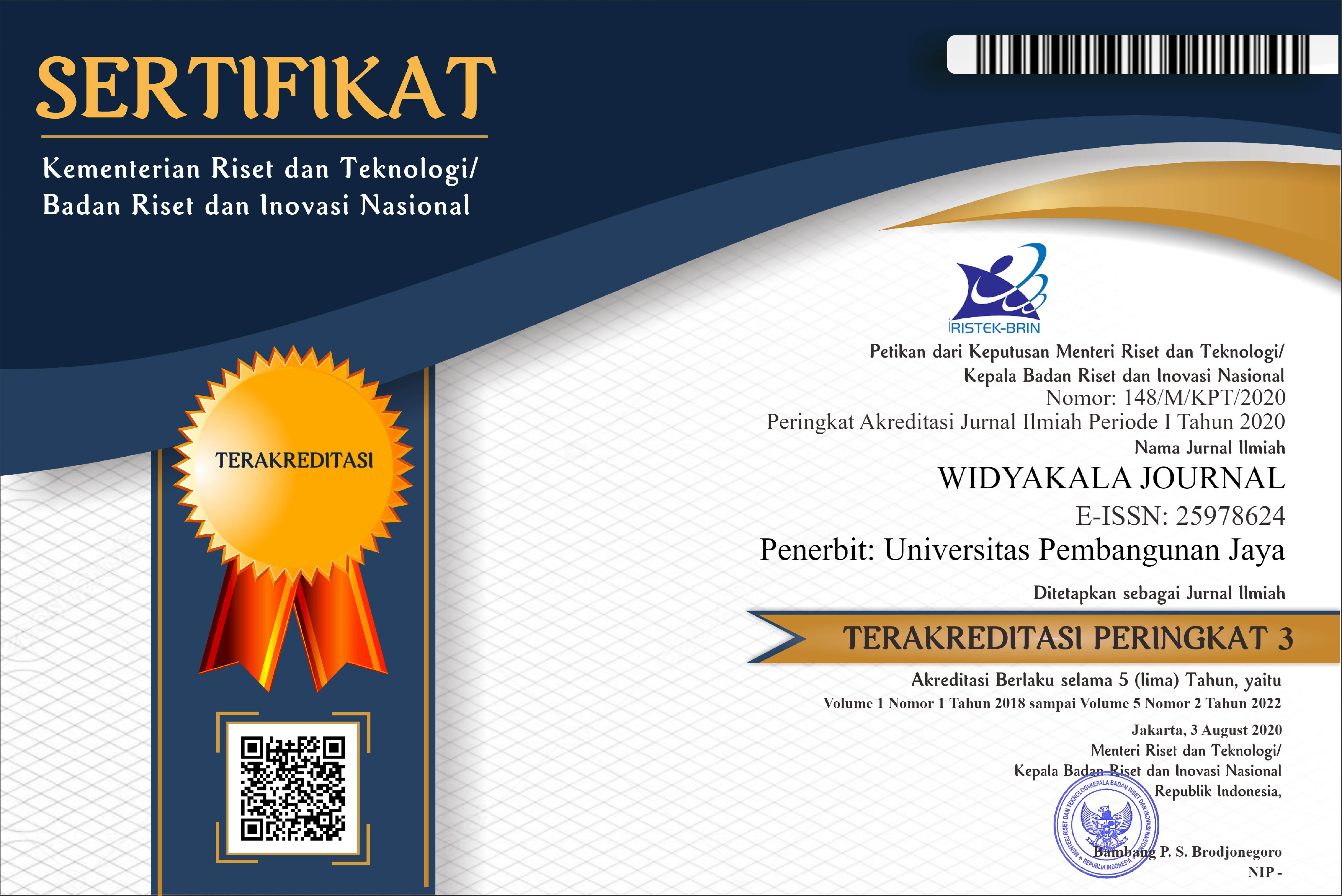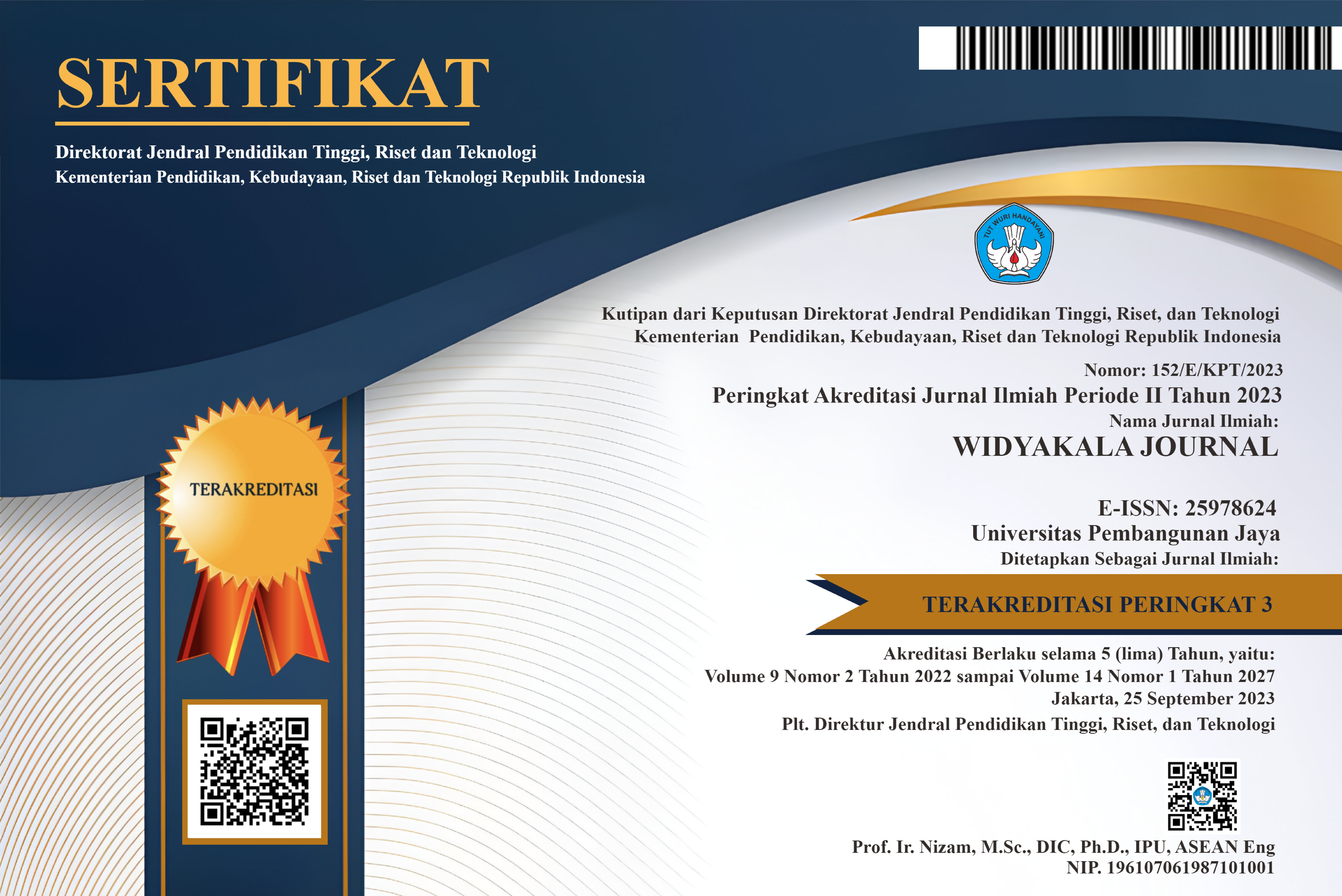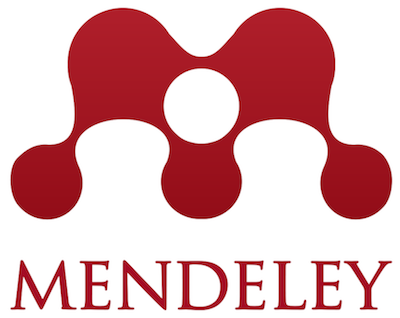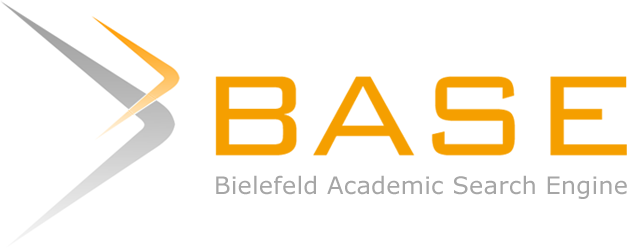Updated, March 2025
WIDYAKALA JOURNAL : JOURNAL OF PEMBANGUNAN JAYA UNIVERSITY
Widyakala Journal is carried original and full-length articles that reflect the latest research and developments in both theoretical and practical aspects of Liberal Arts, Sustainable Development, and Entrepreneurship, or in short so-called LSE pillars. The journal dedicated to the improvement and dissemination of knowledge on methods, policies, and technologies for increasing the sustainability of development.
The focus of the study selected by the Widyakala Journal is Urban Lifestyle and Urban Development. Acceptance of articles can be based on
- Results of empirical research (surveys, case studies, experiments, archival analysis, design, and historical approaches);
- Results of theoretical studies aimed at advancing existing theories, adapting theories to a local situation, or proposing new concepts/theories;
- The theoretical finding with the aim of investigating and synthesizing on existing theories;
- Research results from science, engineering, and community service in the form of concepts, prototypes or ready products for the market.
Specifically, the scopes of the journal include, but are not limited to, the following fields.
- Climate change
- Ecology and sustainable development
- Waste and water management
- Environmental economics and policy
- Renewable and sustainable energy
- Social sciences, humanities, and social impact assessment
- Green construction and sustainable development
- Earth and environmental technologies
- Remote sensing and Geographic Information System (GIS)
- Smart system, information and communication technologies
- Product design and materials, arts, multimedia, and branding concepts
- Urban governance and air pollution
- Impacts of globalization and financial crises
- Poverty alleviation, equality and health and well being
- Entrepreneurship phenomenon and challenges
- Architectural issues
Widyakala also opens to receive a special issue that related to the three core of UPJ's excellence above. The content and format for the special issue are similar to the regular issue. Note that the paper accepted for a special issue is at least five papers which are all investigates one big issue or one big theme. Proposals should be sent by email to the Editor (widyakala.journal@upj.ac.id).
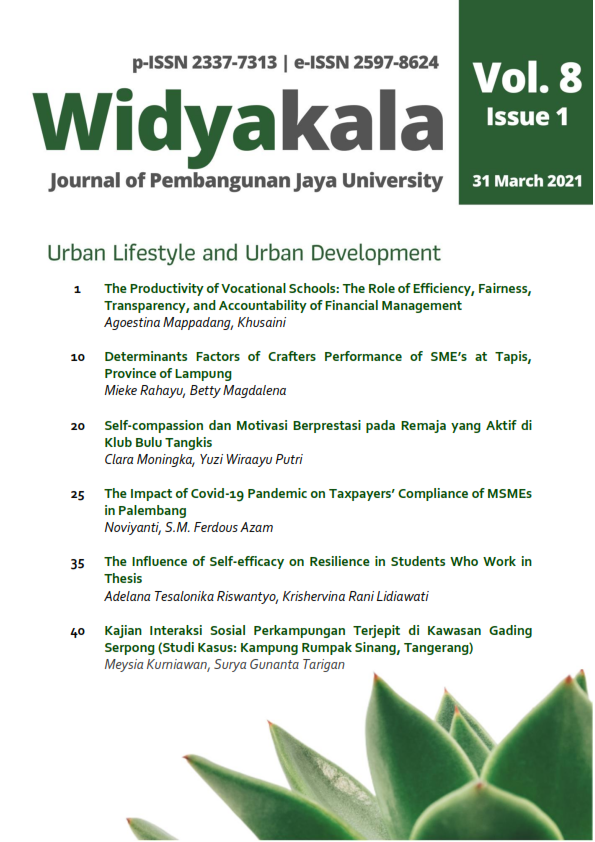
Vol 12, No 2 (2025): Urban Lifestyle and Urban Development
Table of Contents
Articles
|
Isnaini Faizi, Ika Riswi Aprilia, Rahma Wati, Novi Purnama Sari
|
137-147
|
|
Frendy Irlandra, Michael Christian
|
148-158
|
|
Rachmad Dessardi Wimboadi, Wira Bharata, Rosyid Nurrohman, Ahmad Firman Hakim
|
159-172
|
|
Auditha Nurul Gamalia, Sri Nastiti N. Ekasiwi, FX Teddy Badai Samodra, Puteri Fitriaty, Dui Buana Mustakima
|
173-180
|
|
Agustine Dwianika, Sekar Mayangsari
|
181-188
|
|
Nur Hayati, Arbye S, Achmad Aziizudin, Diyono -, Tiko Es Saputra Ceren
|
189-200
|
|
Gandung Senatama, Luthfi Alif Dinar Choirunnisa, Muhammad Faqih Annshori, Jesika Zarasita, Ekky Purnama Sari, Prianda Defri Harmansyah
|
|
|
Tamalia Dara Werdhaningtyas, Prahastiwi Utari, Mahfud Anshori
|
|

